Journey2Psychology, a project by: Dr. Michael Gordon
Mike Gordon is travelling across the world to converse with influential psychologists and discover the stories behind their work.
This journey will form the basis of a book from Political Animal Press
Follow Dr. Gordon’s travels in full at Journey2Psychology
There is a thought paradigm that I have often used to challenge students in their understanding of evidence, the world, and critical thinking. Consider the following: most people accept that there are black holes out there in the universe. As per the well-established theorizing, these black holes are stars that have collapsed into their own well of gravity and become tightly clustered masses. They may no longer project their light starbright, but the mass is huge and continues to draw any and all particulate matter in the vicinity into their gravitational embrace. While black holes and the science behind them is widely accepted, in stark contrast adults routinely deny the existence of Santa Claus. As we all know, Santa Claus is that popular legend that many parents relate to their children as part of the mythology of Christmas. This elfin figure will, among other behaviors, tally the good and bad behaviors of those under his watchful eye, and, if appropriate, bestow upon them gifts.
Most adults know these two things to be true: black holes are real and Santa Claus is not.
You know why I like this paradigm? Because everyone seems to have met Santa Claus — or at least seen pictures or movies. Santa Claus is widely known, widely photographed, and widely encountered. He will appear in malls across North America, he will show up at parties, and he will be found doing bar crawls in New York’s east village. Santa Claus is everywhere. Black holes are no where. Astounding news this week is the visual recreation of a black hole drawn from carefully mapping radio waves and related evidence. It’s a picture made without an image and based on some truly inspiring mathematics and scientific techniques.
Black holes represent a massive, but empirically (“empirical” as in its classic definition “taken in through the senses”) inaccessible, force in the universe. Santa Claus is extremely prevalent empirically, but non-existent in the universe. We believe in black holes, Santa is myth.
Weird, right?
So the question is why oh why do most people believe in black holes and doubt the existence of Santa Claus? We need to have a criteria of evidence for believing in some things and that evidence does not seem to be empirical.
Seeing is not really believing.
Certainly, psychology has helped to stoke some of the mistrust that we have of our senses. Freud famously argued that our consciousness represented only a minuscule part of our complete psyche and rather that we are atop some rich and nuanced interactions of unconscious with swirling battles between id, super-ego and ego somewhere in our personal abyss. Numerous scientists involved in the creation of visual illusions like the Muller-Lyre, Benham’s disk, Ames room, Zollner illusion, waterfall illusion, cafe wall illusion, Kanizsa triangle, and so many others have regularly demonstrated that our eyes are easily be fooled and we do not see reality as it truly exists (i.e., non-veridical perception). While much of psychology has emphasized the importance of empiricism to our science, we also readily recognize — maybe even fetishize — those wild departures in our phenomenology. Those massive gaps in our attention that demonstrate how little of the world we see, those massive mistakes in our memories that demonstrate how little of our experience we actually retain, those massive mistakes in our own consciousness that demonstrate those frustratingly minuscule aspects of our reality we actually experience.
But, if we can’t (or shouldn’t) just trust our senses — if seeing is not believing — then what is the basis of scientific understanding? How can we believe in black holes? Once we deny our own phenomenological reality it is actually rather simple to deny Santa. Seeing is not enough if what I see might be faked, distorted, misinterpreted or otherwise falsely recalled. It is the other side: actually trusting in something that becomes the challenge.
On the one end, science started to get small. Microscopic. We can come to know part of the universe by taking it apart to its tiniest, most indivisible pieces. From one perspective a thing is its component parts and how those tiny structures fit together. In psychology that has meant neuroscience and a functional approach to behavior through the constraints imposed by our biology. As I’ve been working my way across the world I have reached out to many, and spoken with a few, of the pioneers in this area of our science. With the explosion of the data on this part of the spectrum, certainly neuroscience has been fruitful. There is much to learn and the potential for greater understanding of our minds, our behaviors, and our social systems if we can see those complex actions from the perspective of the tiniest parts. The movement to neuroscience has meant the development of new tools, the re-adaption of behavioral paradigms, and the emergence of many new analytical techniques to make use of the emergence of neuroscience. At its best, neuroscience elucidates human behavior in concert with the extensive understanding of our phenomenology and behaviors at a macroscopic level.
The newest black hole evidence is drawn from a component-based approach. The scientists of the Event Horizon Telescope Project collaborated between seven radio-telescope signals from across the planet and using supercomputing hosted Max Planck and MIT with data from atomic clocks to coordinate the timing of signals and to accurately integrate the signals. The image that was produced is largely based on the massive shadow of debris surrounding the black hole (i.e., the stuff swirling the black hole’s event horizon) that is more directly amenable to capture by our current equipment. All of this was borne of the efforts of physicists and mathematicians, who grounded their approach in Einstein’s Theory of Relativity. Consequently, there was theory about the massive objects in space. There were hypotheses about gravitational wells bending light as it traveled through space and the effects of these collapsed stars on space-time. There was theory. There were hypotheses. Slowly, over the years, there has been evidence. The ideas have slowly changed — adapted to the accumulating findings. Radio waves, trajectories of light from stars. Debris in space. Math. Empiricism. Accumulating steps to support or disprove the existing ideas. The concept of black holes may still be wrong. We may have massively and totally miscategorized all the evidence and misdirected the theoretical evidence. This week we took one more step in supporting the theory of black holes, and the larger theory of relativity. Next week that may change. Like a child seeing a fake white beard pulled off the face of dad and realizing that the myth of Santa may be wrong, we may find evidence that totally shakes our concept of the black hole. But today, now, we have theory and that theory is redundantly supported from multiple types of evidence.
And that’s why we still believe in black holes and not Santa. One has theory, with testable hypotheses that have yet to be falsified by converging lines of evidence. The other has theory, hypotheses, and converging evidence of faslehood from one too many Santas not actually residing in the a mythical fairy land.
Redundant evidence means a lot. It means more when it has a theory to organize the whole thing. Cultural standards and intellectual mores help define what evidence to accept and with what level of strength. But even with all of that — even with the understanding that we can accept some things as evidence all that can change in an instant. It changes because, at the heart of it all, the best scientists realize that science is not about an end-point but a process. A working theory, a working hypothesis that gets us closer to the truth but doesn’t reach it. I believe in black holes today. Tomorrow there will be new evidence and the process will go on.
Dr. Michael Gordon is a Professor of Psychology at William Paterson University in New Jersey. His research on Sensation & Perception emphasizes auditory and audiovisual detection (e.g., psychomusicology, psychoacoustics, speech, auditory navigation, collision detection, echolocation). He is working on a new project to capture the voices and ideas of prominent and influential Psychologists who have shaped the field. Follow him at Journey2Psychology
Photo credit to the amazing scientists at Event Horizon Project.

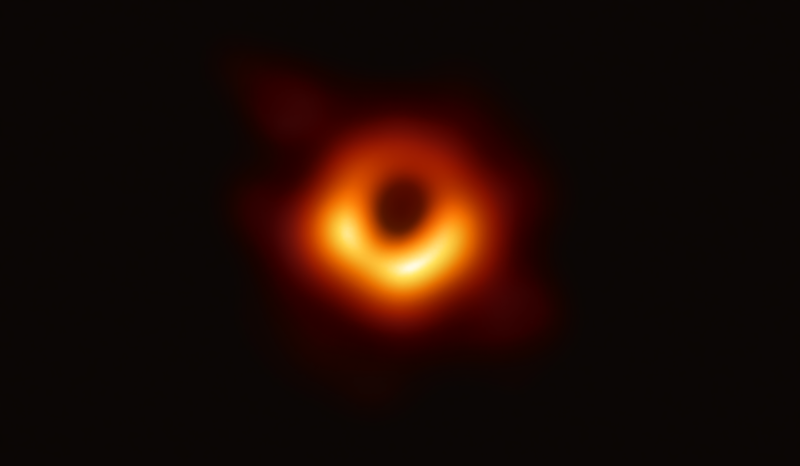

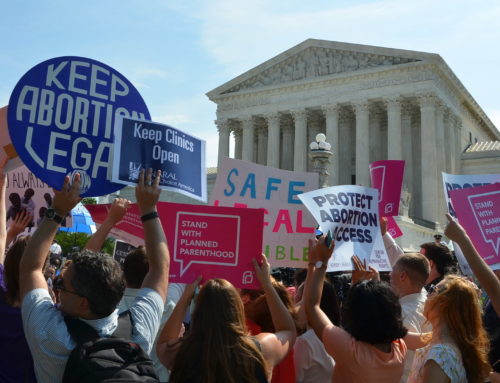
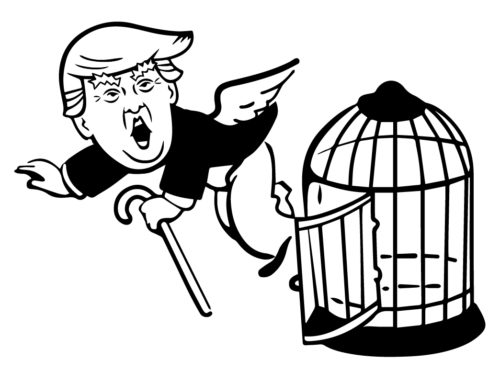
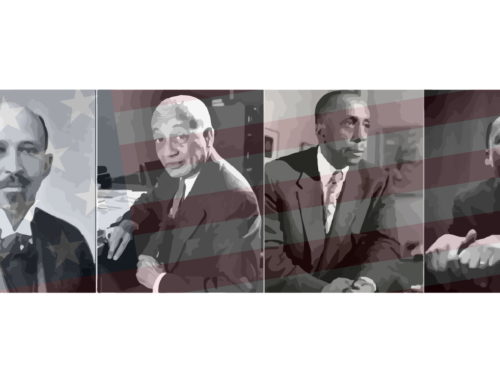
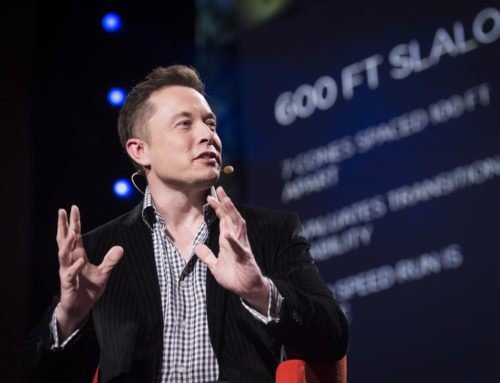
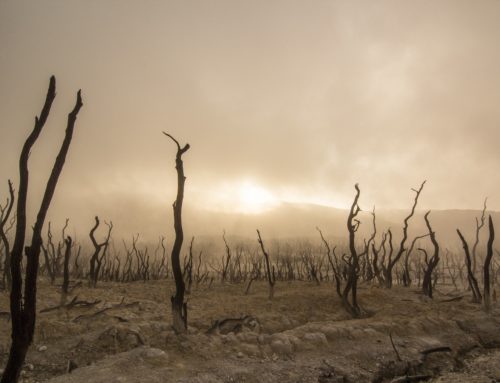
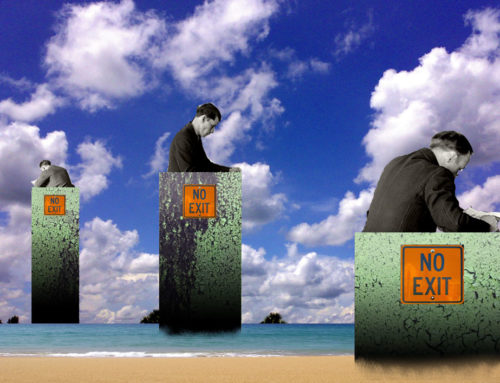

Leave A Comment